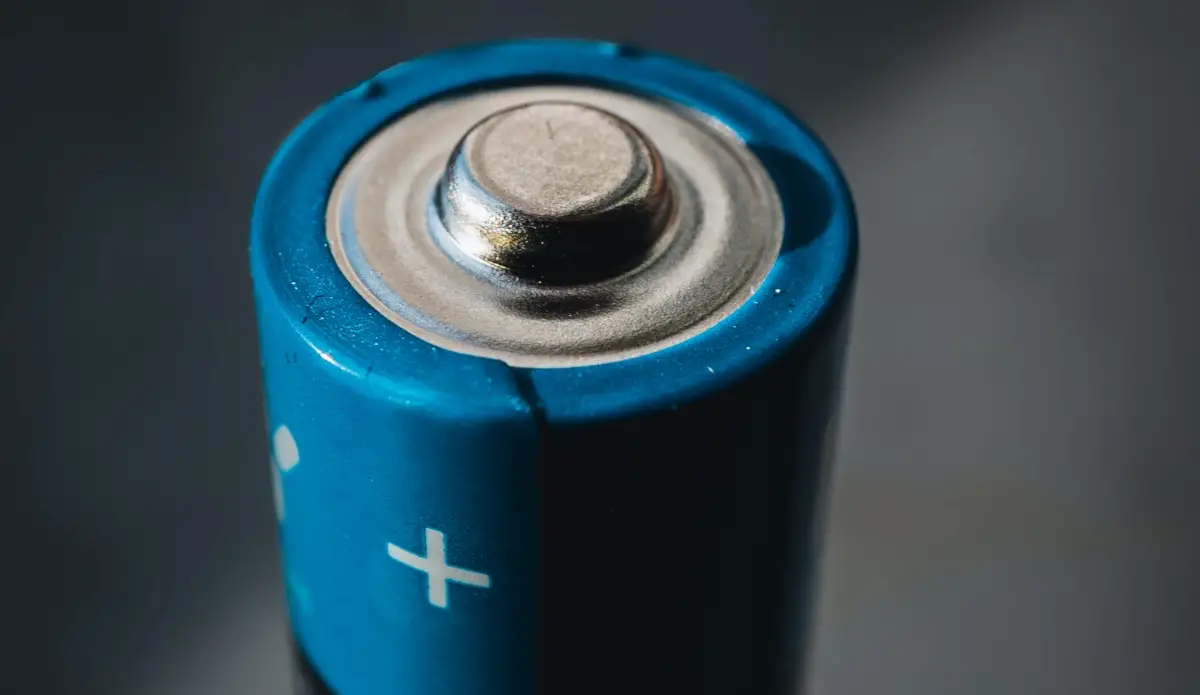Aside from price and photo quality, when buying a trail camera the most commonly sought after question is; what is the life of a trail camera battery? When I first began running trail cameras a little over a decade ago, I couldn’t keep a set of batteries for more than 2 months. As a broke college student, it was creating a strain on not only my wallet, but on my time going back and forth to change batteries. Overtime I found a few tricks that helped me save battery power, and therefore saved money and time.
According to our independent study of trail cameras, on the market in 2022, the average set of batteries had a life span of 53,830 photos. This study was based on the use of Lithium ion batteries with a 50-50 ratio of daylight to nighttime photos.
Battery Options
It is pretty obvious that trail cameras need a power source to operate. The same way the combustion engine in you vehicle needs gasoline, your camera needs batteries. Most cameras on today’s market are operating on a 12v system. Meaning they need 12 volts of energy to work at its best levels. Although its not uncommon for some cameras to run off 6v or 9v systems, many added features such as detection and flash distance, as well as trigger speed and multi burst modes, have moved the market to needing a higher output of energy.
A 12v system typically requires 8 x 1.5v AA batteries. (8 X 1.5v = 12v). Even the cheapest AA batteries, right out of the box should produce the needed 1.5v. The problem that occurs is in certain batteries, as energy is expunged from the battery, the amount of resistance is increased. This will create less power to your camera as time goes on, resulting in slower detection speeds, shorter detection distances, and a host of under performing features your camera has. So, choosing the right battery for your camera, will produce better, longer lasting results.
Alkaline
Alkaline batteries are the most widely used batteries on the market and are most notably the cheapest. All cylindrical alkaline batteries hold a potential charge of 1.5v. The main components of the energy source of Alkaline batteries is the chemical reaction between zinc and manganese dioxide. As these batteries are used, the reaction between the two chemicals begin to create a type of dead material that begins to create resistance, minimizing current.
Compared to other batteries Alkaline has high internal resistance, that is composed of many factors such as size, chemical properties, age, temperature, and discharge current. As the internal resistance increases, the amount of current the trail camera is able to pull is reduced, creating a shorter life span for the battery.
The life span of an Alkaline battery is similar to the gas tank on your vehicle. When you fill your tank up the gas gauge seemingly holds on Full for a long period of time, but once the gauge begins to move off full, the amount of gas in your tank appears to decline steadily.
The same occurs with Alkaline batteries. While it might appear that your battery is holding full charge for a long period of time, as the resistance builds up within the battery, you will see a steady decline in battery power.
Lithium
Lithium batteries are batteries that use lithium metal as the negative pole during discharge. Lithium is the lightest of all metals, and has the greatest electrochemical potential. The resistance that minimizes the current in Alkaline batteries, doesn’t have the same effect on lithium batteries due to their better electrolyte components.
All of this scientific jargon simply means that Lithium batteries will produce a consistent current to your trail camera for the life of the battery. Lithium batteries have a potential charge of about 1.7 volts, meaning that over the course of their life, their output will produce a consistently higher current than other batteries on the market. This allows your camera to operate at optimal levels of detection distance, trigger speed, and flash distance.
Cold weather for most batteries create a reduced ion mobility, which slows down the chemical reaction that provides electrical power. Lithium batteries on the other hand do quite well in colder weather, having an operating temperature to as low as -40 degrees.
Due to the low levels of internal resistance, and the resistance to cold weather, Lithium batteries tend to have a longer life in the field.
Nickel Metal Hydride (NiMH) Rechargeable
NiMH are 1.2v batteries that consist of a chemical reaction between a positive nickel oxide hydroxide and a negative hydrogen alloy. The chemical makeup of these batteries allow for the ability to recharge at a slow trickle up to 800 times.
For trail camera operators, the ability recharge and reuse batteries has a tremendous advantage, over time saving money on purchasing new batteries. It becomes ecologically friendly as well, avoiding thousands of batteries being tossed into the trash.
The internal resistance of a MiMH battery is very low and comparable to Lithium, however the cold weather rating is around -4 degrees. Even though the output trajectory is very steady throughout the life of the battery, it does fall at a rapid pace toward the end of its life cycle.
A lower output of voltage, combined with a less than ideal cold weather rating, means that a set of MiMH rechargeable batteries will have a shorter cycle in the field per charge , than a Lithium battery, but due to the ability of recharging will have a longer life, than any battery on the market.
External Batteries
A good option to get longer battery life is to add an external battery source. External power sources include battery packs, 12v batteries, and solar panels that connect to your trail camera through a power port.
- Solar Panels- Solar panels will provide your trail camera with unlimited power. It will never require a change of batteries, and is the most cost effective power alternative. The only draw back to solar panels is the need for sunlight. It is important to place them in areas that will receive multiple hours of direct sunlight.
- 12 Volt Batteries- A 12v battery, also is available in 6v for trail cameras that require less voltage, is essentially a tractor battery. They will provide multiple months of extended battery life to your camera. The disadvantage to using them however is the inability to conceal them from theft.
- External Battery Packs- Many manufacturers are now producing external battery packs for their trail cameras. Essentially they are the exact same pack that is already in your camera, that are housed in a pack similar to the size and shape of your camera. These battery packs, combined with the batteries already in your camera, will essentially give you twice the life between battery changes. They are easier to conceal than 12v batteries, but however require twice the amount of batteries, saving you trips into your camera, but not saving you any money in the long run.
Camera Settings
Not all camera settings will draw the same amount of power from your batteries. As the technology used in your camera settings increases, so does the the battery usage.

Night Photos
According to manufacturer’s specifications, the average trail camera on the market has a battery life span under moderate weather conditions, of 30,000 photos. This calculation is drawn up exclusively from day time photos. The amount of watts that a camera pulls from the power source is dependent upon the camera itself, but as a general rule of thumb, night time photos draw twice the watts as day time photos.
Night time photos require the use of night time flash. Those flashes can be anything from regular white flash, low glow infrared, or no glow infrared, but each flash type utilizes flash emitters. Those emitters require an extra draw from the power source. If the placement of your trail camera is in a location in which you receive mostly night time photographs, the the average life span of the batteries will be closer to 15,000 photos.
Video
Trail camera video mode has become more popular over the last decade, with nearly 20% of trail camera users, taking advantage of this setting. But it comes with a cost to your battery life. A standard day time photo will take roughly 800kb of memory, while a standard 20 second video will use 60mb. The more memory a setting takes, the longer the battery will have to work to provide the image, and the shorter the life span of the battery becomes.
Resolution
Similar to video mode the higher the resolution of photo that your camera takes, the more memory and the more battery power it will require. The difference between a 2mp photo and a 10 mp high resolution photo is only 200kb, but the higher resolution photos require something on the back end of your camera called interpolation.
Interpolation is essentially cloning, or duplicating, existing pixels. This process will also draw extra battery power to run the firmware to complete this operation.
Cellular
Nothing eats up battery power as fast as using cellular trail cameras. Think of how fast your cell phone battery needs charging after you send and download large quantities of pictures. The same goes for cellular cameras, that are constantly searching for wireless networks. While cellular trail cameras are an amazingly fun tool, they will frequently require fresh batteries. I recommend, if you plan on using them, to invest in an external battery source.
There is no set amount of time a trail camera battery will last. If you are looking for extended life between battery changes though, start with a high quality lithium battery, avoid video modes and the use of wireless technology, and it is conceivable that you can receive 8-10 months on one set of batteries.

